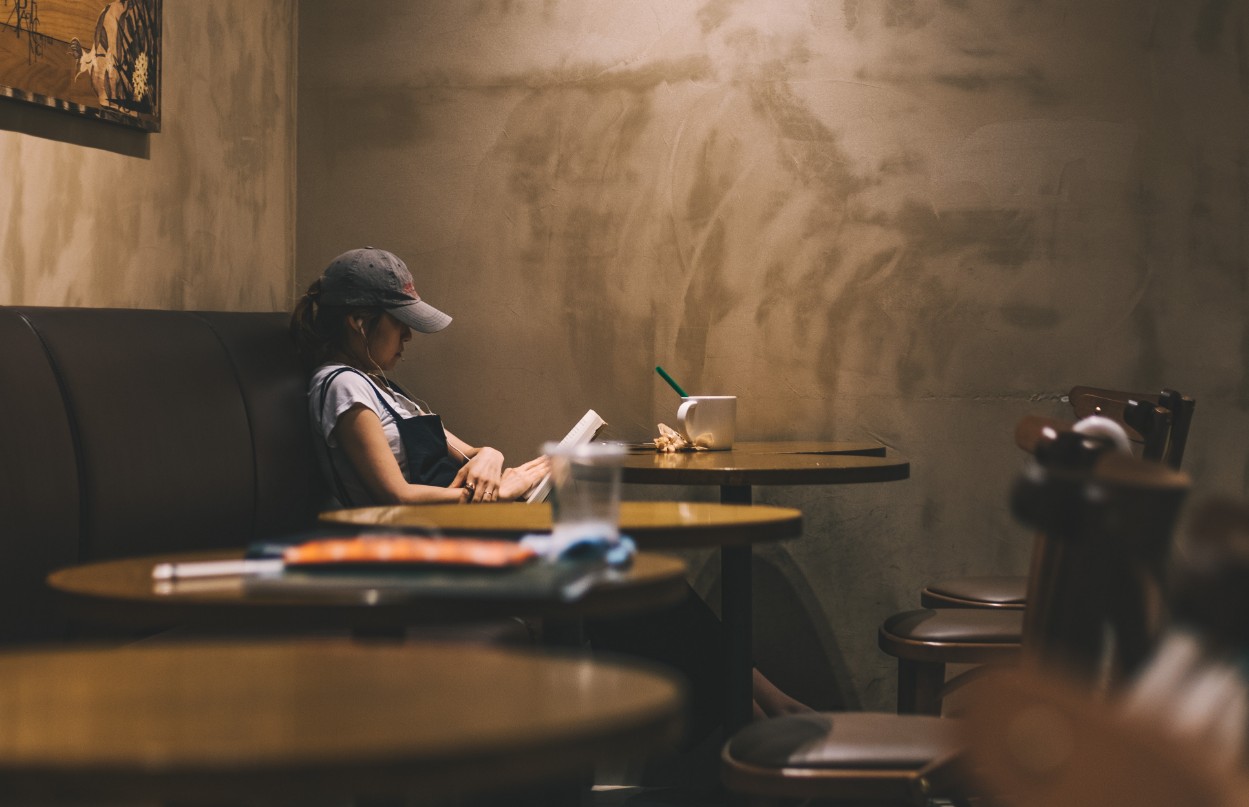For those unfamiliar with the term, the “third place” – as opposed to the “first place” (home) or the “second place” (work) — was coined by sociologist Ray Oldenburg in the late 1980s, in his book The Great Good Place.
As noted in a December 31, 2008 article on the Project for Public Spaces website,
Throughout his work and in particular in his book Celebrating the Third Place (2000), Oldenburg identifies “third places” as the public places on neutral ground where people can gather and interact. In contrast to first places and second places, third places allow people to put aside their concerns and simply enjoy the company and conversation around them. Third places “host the regular, voluntary informal and happily anticipated gatherings of individuals beyond the realms of home and work.
I would argue that, for many people in today’s world, the “third place” is inseparable from “the experience” and can have blurred boundaries with the “first” and “second” places.
Love it or not, Starbucks hit us all over the head in the 90s with –perhaps unbeknownst to them – the concept of the “third place”, appealing to our need to avoid social isolation by sitting at their coffee shop all day, rather than at home or a library working alone. Who knew that you could buy one coffee and sit and work someplace all day, in a space with comfy chairs, bar seats and tables that give you options for spreading out and staying all day?
Since then, we have all been experiencing the blur between public and private spaces. It seems reasonable that the rise of Starbucks’ liberal occupation policy simultaneously gave rise to heightened expectations for “experiential” spaces. Increasingly, we take for granted the interplay between physical social spaces that can consist of any or all of the following: public, private and virtual worlds.
I would argue further that in the development of a new neighborhood such as ours at Cambrian Rise, our efforts are aimed at reducing the differences between first, second and third places. Working with a team that is literally building a whole new neighborhood full of “first places” and “second places” that are our residential units and commercial spaces, all spaces are geared toward the spirit/concept of the ever-essential “third place”.
Yes, some of those “third places” will take the form of the businesses that locate at Cambrian Rise (our development), but some will also be exterior gathering spaces and some will be within the buildings – in the lobbies, the fitness centers, the grilling areas, the co-working spaces. They may be in the hallways, the dog parks, the bike rooms. We’re immersed in the effort to create a seamless transition for our residents, between exterior circulation and the public realm, to make coming home the best part of the day and make our buildings places where people want to be. Everything needs to be in place to underscore the “experience” of living in one of our buildings.
Technology is now something that few can live without and incorporating it into almost every space is now a necessity — whether it’s the key fob that gets waved over a panel rather than sticking a key in a lock for entry, motion detector lights for energy efficiency or an app that tells you when your laundry is done. Everyone in the field of building development must be increasingly prepared to heighten the “experience” for residents and guests and “third places” will very much be at the heart of our efforts, both physical and virtual.
For more about Ray Oldenburg and the topic of 3rd places, check out 360 Magazine’s Q+A with Ray Oldenburg:
https://www.steelcase.com/research/articles/topics/design-q-a/q-ray-oldenburg/
